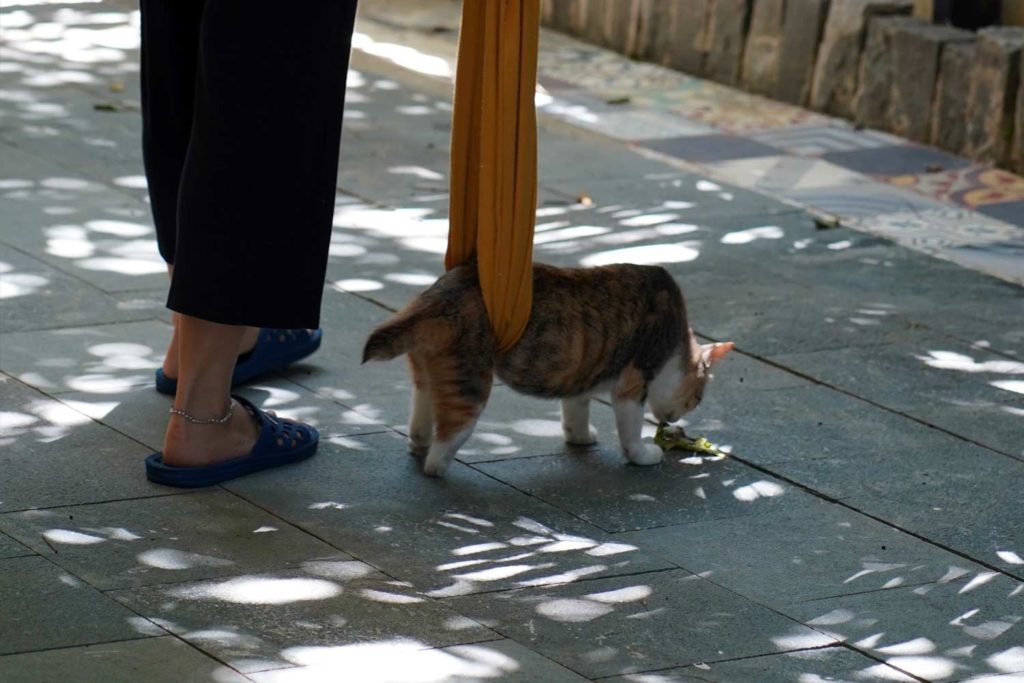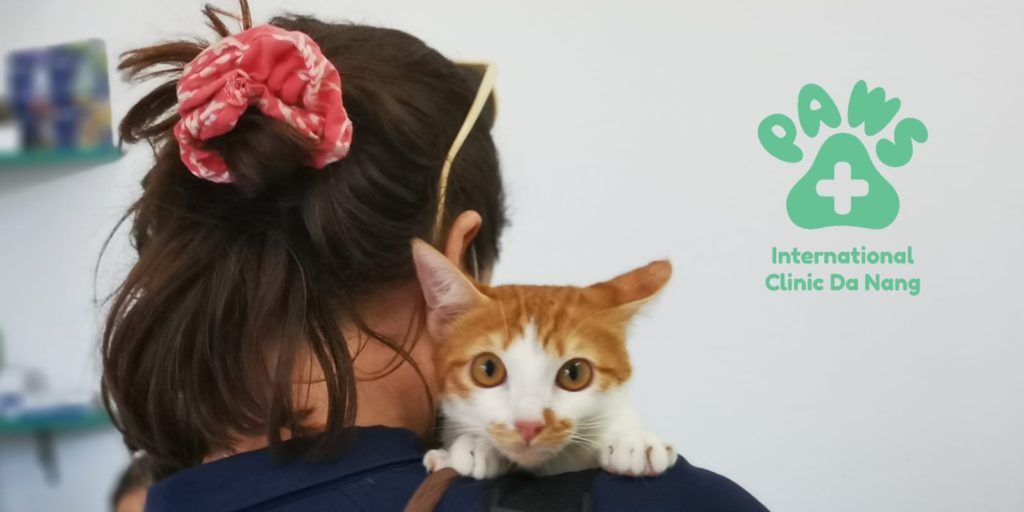Caring for Cats With Disabilities

Caring for Cats with Disabilities
At Paws for Compassion, we have learned that disabled and paralysed animals can live happy, healthy, and fulfilling lives. We dedicate a lot of our time to caring for these cats and dogs who need us the most… and there is nothing more rewarding!
Drawing upon all our years of experience, we hope to help other disabled pet owners with this guide, and encourage more people to adopt a disabled animal.
Caring for a Paralysed Cat
Hygiene
Hygiene is very important when it comes to caring for a paralysed cat. As their mobility is reduced, they may struggle to clean themselves as a normal cat would. They might not be able to use a litter box or control their bladder and bowel movements, usually going where they are lying. It is therefore essential that your kitty is checked and cleaned daily – this could mean a spot clean with a warm, damp cloth and a shallow bath every few days.
Be sure to use pet-safe products when cleaning your cat. Human shampoo is not suitable for use on cats.
Bedding, floors, and any other surfaces your cat meets should be kept sparkling clean as well. As a paralysed cat drags on the floor, they can be prone to urinary tract infections if the surfaces they touch are unhygienic.
Therapy and Exercise
Your disabled cat should be provided with ample enrichment, playtime, and exercise to prevent them from becoming bored or even depressed. You may purchase a wheelchair, harness, or even use a long soft blanket to help lift their hind legs and allow them the ability to explore their surroundings.
Daily massage and range of motion (ROM) exercises will help to reduce muscle stiffness and help to increase their mobility. These exercises should be gentle – never force a cat’s legs beyond their natural range.
It is important to encourage your cat to participate without forcing them, keeping the therapy and exercise sessions stress-free. Learn to read their body language and know when to stop if they’ve had enough. You may use toys and healthy treats to reward and motivate them.
Modifications in the Home
There are lots of simple and easy modifications you can do in your home to make your cat’s life simply purr-worthy. You may provide ramps that give your kitty access to areas they may not be able to reach otherwise, for example, the sofa.
As we all know, also love to climb, and rest in high places, and disabled cats are no different. In fact, paralysed cat’s usually have very strong front legs, so you may provide them with a scratch post to climb!
During feeding time their food bowls should be elevated, allowing them to eat more comfortably and putting less strain on their spine. Fresh water should be provided at several easy to reach locations – as mobility is reduced, it is ideal to have lots of easily accessible bowls so that they are never too far away from a drink!
Protect Their Skin
As a paralysed pet drags on the floor, they may be prone to abrasions. Allowing your cat to drag outside on harsh concrete, for example, will more than likely result in sores. It is therefore recommended that you purchase a drag bag for these occasions. You should regularly check your cat for any wounds or abrasions and treat accordingly.
Expressing the Bladder
Some paralysed or disabled animals may require you to express their bladder – this is the process of gently squeezing the bladder to help them pee. Whilst it may seem daunting, with practice it becomes easy. Talk to your local vet about how to safely express your cat’s bladder.
Caring for a Blind Cat
Blind cats can lead happy and fulfilling lives – sometimes you will barely notice they’re blind at all! They can run, jump, and explore their surroundings with a little help from you, of course! Here are some simple things you can do to assist your blind kitty:
- Blind cats should be kept indoors, and any outdoor access should be secure and safe. Allowing a blind cat to roam puts them at very high risk as they can’t see potential danger.
- Try to avoid picking your blind cat up and moving them to a different location. This can cause them to become disorientated. Instead, guide them with your voice or a jingly toy. Cats also have scent glands on their paws, so your blind cat will create scent trails and follow them.
- Avoid moving furniture and keep essentials like water bowls and litter trays in the same location. This allows your blind cat to find them easily and create their own map of the room. Try not to leave unexpected obstacles on the floor where your cat might bump into them.
- When you approach your blind cat, talk to them gently before touching them to avoid startling them.
- Blind cats may need a little extra stimulation – playtime is important! Try out a variety of toys that make sound, for example, a jingly ball. You may also use toys that require the use of scent, for example, food puzzles.
- You may need to use a baby-gate on stairs until your blind cat has learned how to use them.
- Moving house can be very stressful for cats, especially blind cats. You’ll need to take extra care to ensure they feel safe and secure. Keep them in one room for a few days with familiar scents and bedding, and gradually increase their area once they have become comfortable.
Caring for Deaf Cats
Similarly, to blind cats, deaf cats usually adapt well to their environment and can maintain a happy and content life. There are some things you can do to help them in their day-to-day life:
- It is advisable to keep your deaf cat indoors, and any outdoor access should be secure and safe. They are unable to hear approaching dangers, and this can put them at risk.
- Approach your deaf cat with heavy footsteps. The vibrations on the floor will signal your approach to the cat and prevent them from becoming startled.
- If you need to touch or wake your deaf cat, tap, thump, or slap the floor around them to avoid startling them.
- Deaf cats can learn to identify hand signals or a flashing torch as a method of calling them – ensure the signal is recognisable and consistent.



